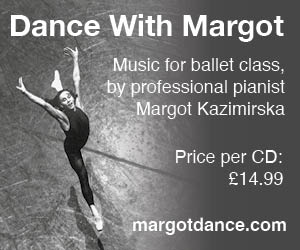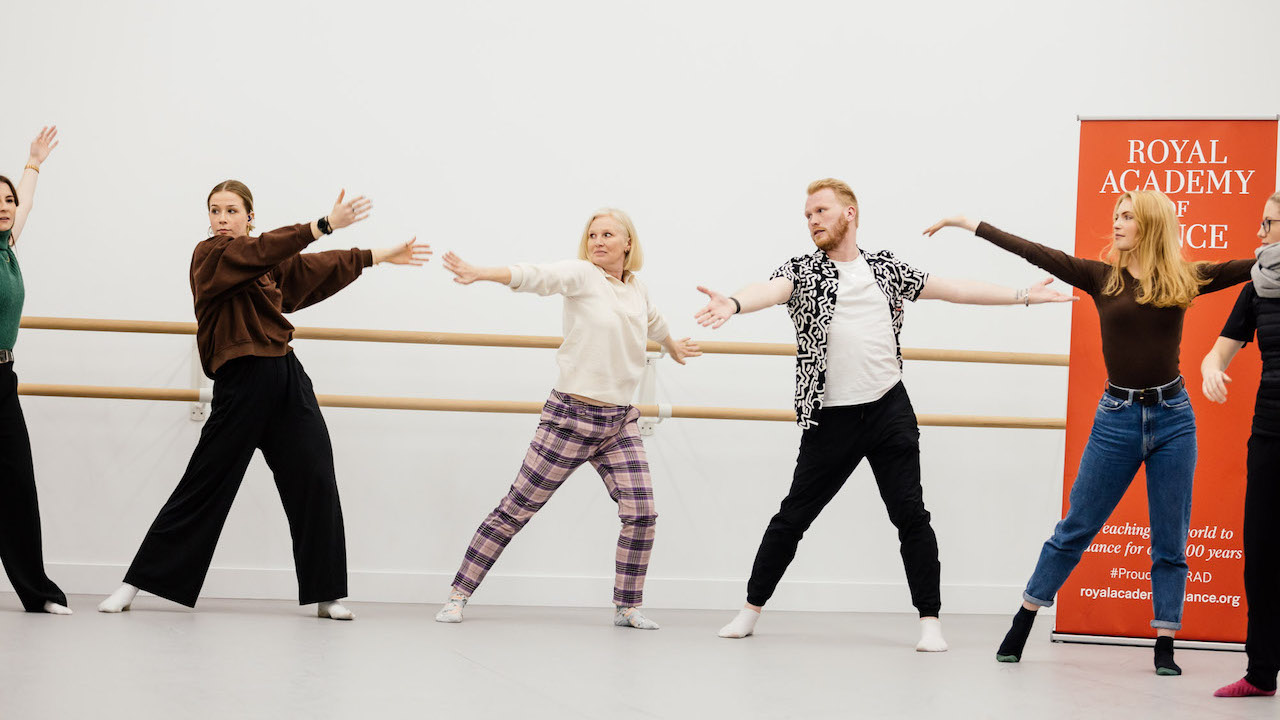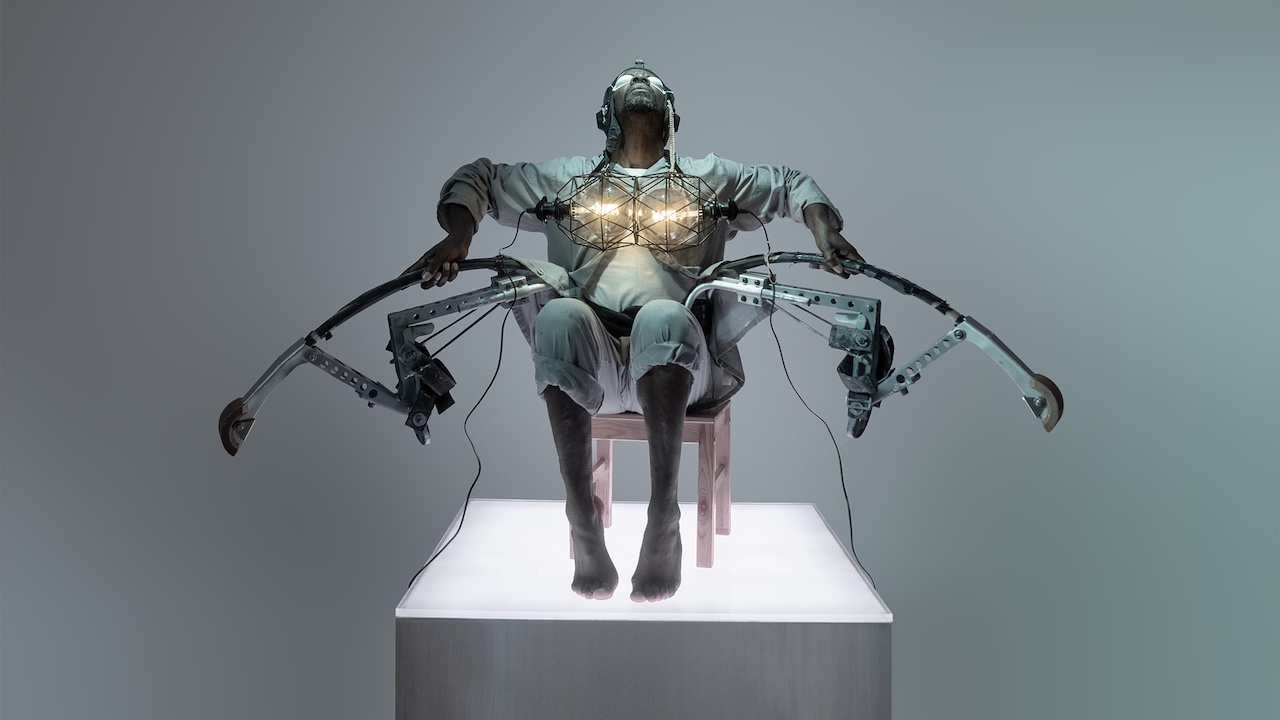The eco-system of social media sees the creation of thousands of apps each month. The iOS app store, for example, hosted over 31,000 app launches in February alone. The marketplace therefore includes competition for attention, maturation and integration into as many lives as possible. Formerly called Musical.ly, TikTok – an app, owned by the Chinese company ByteDance, that allows users to create and share short-form videos – shed its original title in 2018. Widening its proposition beyond lip-synced music and audio clips and ousting competitors like Instagram and Snapchat, it was the most downloaded form of a social media application in 2022. It now serves as a primary search server, entertainment hub and crutch for millions of global consumers.
In music, TikTok has significantly shifted the way in which promotional campaigns operate, particularly in western-facing climates. Songs such as Miguel’s Sure Thing, Kate Bush’s Running Up That Hill (A Deal with God) and Say So by Doja Cat have seen a boost in sales or the emergence of a hit due to the platform’s challenge culture – where creators challenge followers to perform a particular song or dance, and which took off during the enforced isolation of pandemic lockdowns.
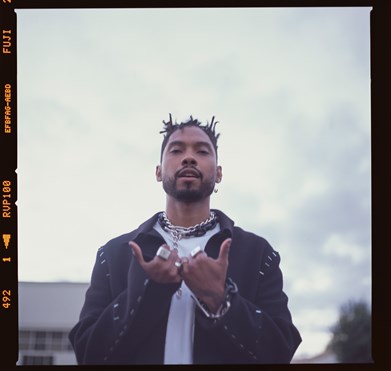
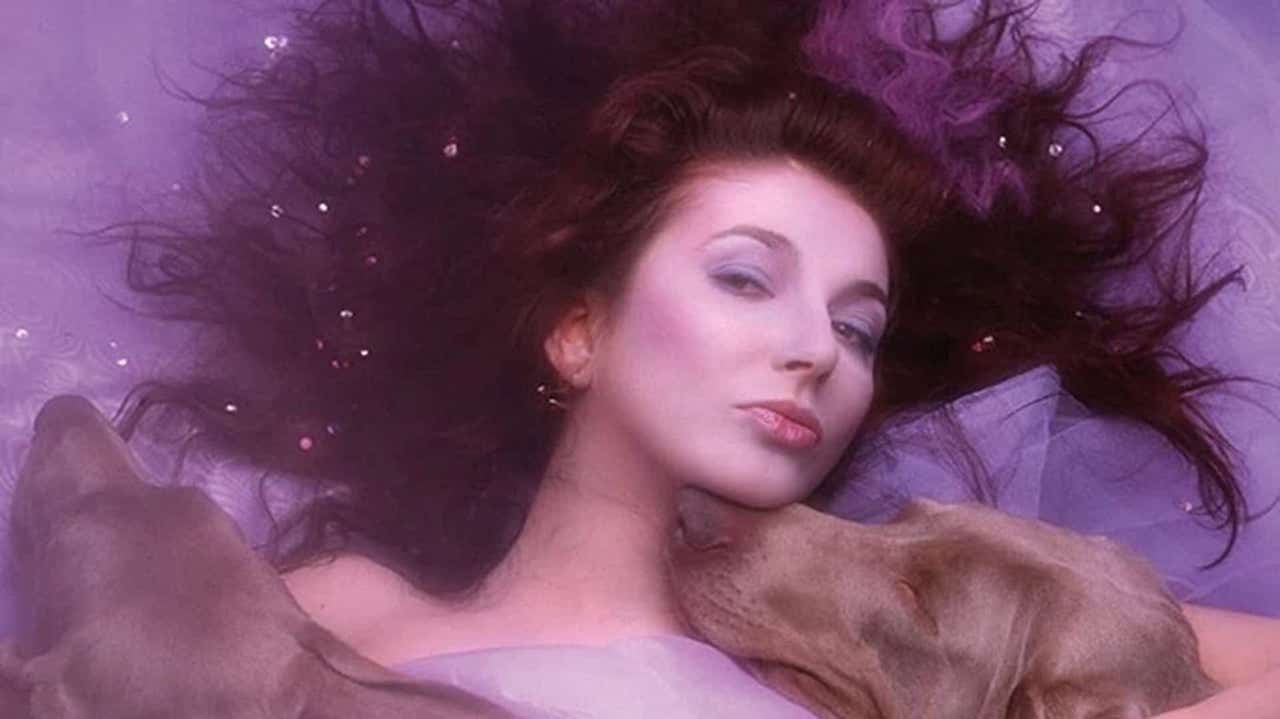
We also see a relationship between music and dance entrenching itself, reinforcing the age-old connection between the two mediums and embracing choreography in new ways. Haley Sharpe’s original routine to Say So helped make it a juggernaut success because of the viral dance compilations that followed and incorporated hers across early 2020. Singles by Megan Thee Stallion, Roddy Ricch and Cardi B met similar success, receiving dance challenges of their own. Hip-hop and pop, in particular, attract dance challenges that directly relate to the national (and international) chart-level success of singles.
Dance remains central to TikTok. In April, for example, a Sierra Leonean soldier shared a video balancing the joy of the art form with her duties in the military. Young children dancing to songs tend to trend also: Canadian media outlet Much Music recently shared a visual of an infant nailing a sporadic dance to Lil Uzi Vert’s Jersey club anthem Just Wanna Rock. The emotional pull of dance translates into escapism, as well as artists’ campaign rollouts.
TikTok is still in its relative infancy: it entices consumers through a myriad of ways and entry points that are only growing. From cooking, to travel vlogs or dance crazes, the use of the platform is so nuanced and specific that each and every ‘For You’ page completely varies in what it serves up to the individual. In this context, building a platform and consistent audience, not to mention striking a piece of content that might go viral, proves difficult.
Members of the Royal Academy of Dance’s social team reiterate this message. Their steady 21,800 follower base on TikTok has taken nearly two years to nurture – and the team still don’t have a bonafide blueprint for nailing the tumultuous TikTok algorithm. Niamh Carey-Furness, Digital Communications Assistant at the RAD, outlines the difficulties in attempting to recreate the connection felt in their most viral TikTok, which depicts children looking through a window at older RAD dancers.
‘The RAD clip was a complete accident. We thought it was cute, but never expected it to go so viral’
Niamh Carey-Furness

‘[The clip] was a complete accident,’ she says. ‘We posted it because we thought it was cute, but we never expected it to go so viral for us. Do we have an insight or strategy? We’re experimenting. We are trying to see what people want to see and to define the emotional hook, because that visual did a lot.’
Many brands are in a similarly grey area with their relationship with TikTok’s algorithm. Adidas’ TikTok account, for example, boasts over four million followers; one recent visual amassed 331.5k views but another posted shortly after it just 20.3k views. Brands vie for attention on the app, yet unlike more reliable sources of social marketing campaigns like Instagram or Facebook, TikTok still exists in a tricky domain.
Hannah Martin – member of Birmingham Royal Ballet, content creator and former medallist in the RAD’s Genée International Ballet Competition – has close to 5,000 followers on the platform. She concurs that the app is ‘difficult’ and says that when trying to garner a following her particular network relies more on Instagram.
Instagram is seen as the more stable of the two. We’d tend to use that platform more to build our network and source opportunities,’ she explains. TikTok, even with its expansion into longer video formats, still prioritises shorter-form content. Styles such as tango or ballet, which involve thematic story-telling and longer-form expression, must adapt to the shorter-form medium for a chance of a breakthrough.
‘I personally struggle with the clickbait nature of the app. It’s often tricks or funny, short, relatable content – which I enjoy watching, but find harder to create, because I prefer longer-form creation,’ Martin explains. ‘With TikTok, you get only a snapshot and I think it can be unhealthy for dancers. You only get 10 seconds of a snapshot, but in reality, a ballet performance can be three hours long.’
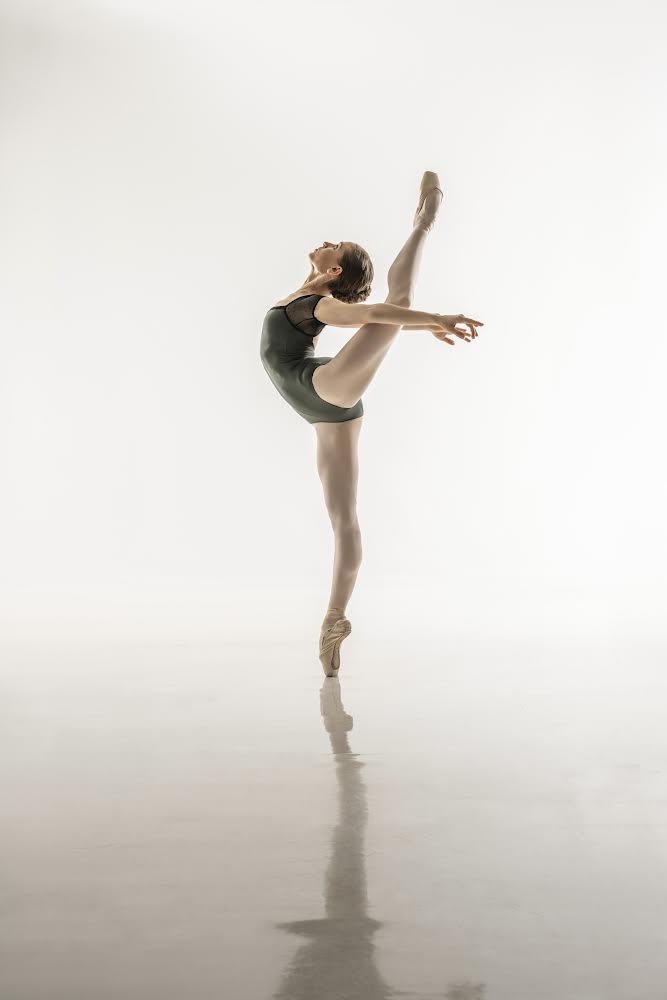
‘There was one clip I found beautiful – but we had to scrap it because it didn’t fall in line with RAD practices’
Keshia Dodd
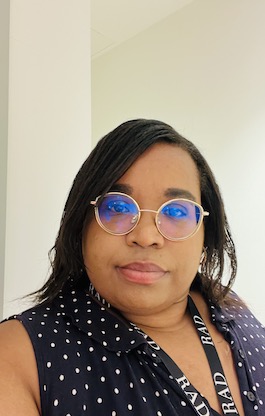
There are also safety concerns around dance content. After attempting the Footloose trend last year, the actor Kyra Sedgwick went public about suffering a wrist injury, while back in 2020, a TikTok user named Allison documented popping her knee out after trying Cardi B’s WAP viral trend. Louise Molton, director of education and training at the Imperial Society of Teachers of Dancing, has noted that repetition of dances without qualified feedback can develop bad practices. Keshia Dodd, the RAD’s Lead Social Media Officer, reveals that similar concerns govern how they use their own TikTok platform.
‘Each of our videos has to go to a team of professionals who advise whether a clip we want to post aligns with our practices and doesn’t promote bad technique,’ Dodd says. ‘There was one clip that I found beautiful, but we had to scrap it because it didn’t fall in line with what the team deemed appropriate.’ Whilst advocating for entertainment and freedom of expression, Dodd reiterates the responsibility she and her team carry.
As dance has become a leader across TikTok it has had to reckon with intersectional instances of controversy. Perhaps the biggest is around credit for particular dance moves. When the celebrated TikToker Addison Rae made a guest appearance on The Tonight Show with Jimmy Fallon in 2021, she performed – uncredited – a number of dances, including those from popular creators including Mya Nicole Johnson, Chris Cotter and Dorien Scott. Fallon subsequently invited the creators to break down their dance moves and took accountability for his lack of effective curation.
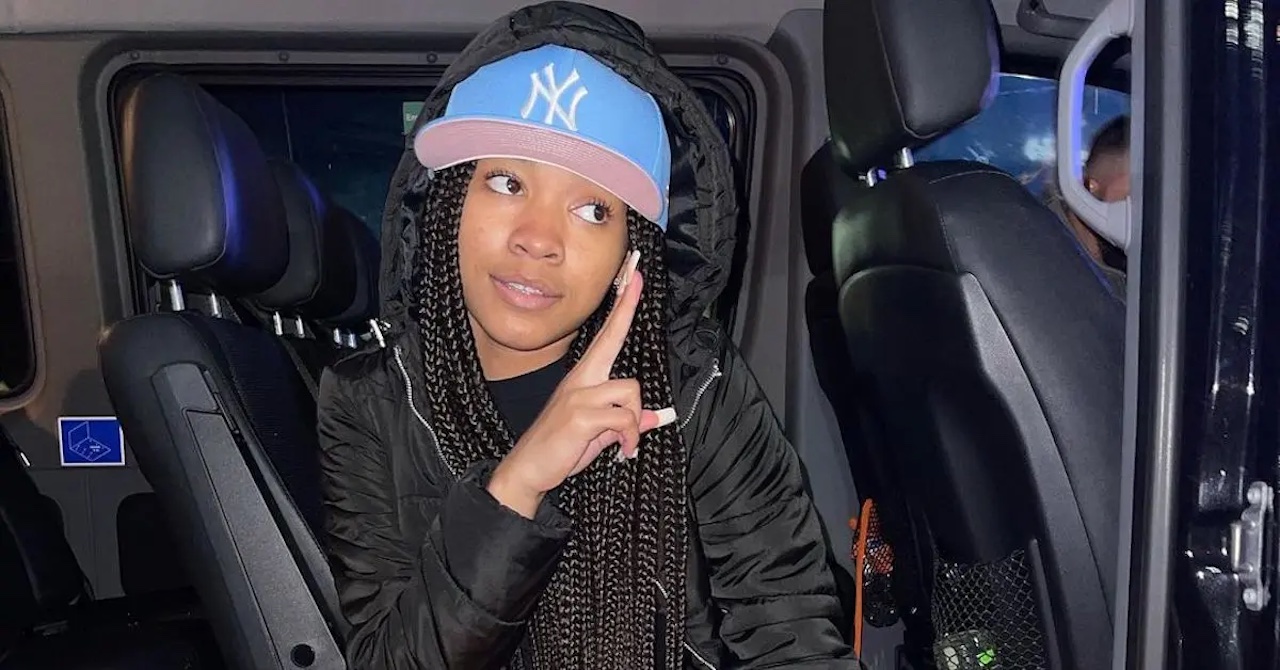
All too often minorities, and specifically Black creators are erased from the popular narrative: an issue that doesn’t just affect dance, but cultural production at large. A Black TikToker strike in America in 2021 protested the lack of credit. That same year JaQuel Knight, best known for his work with Beyoncé, founded Knight Choreography and Music Publishing to tackle the lack of knowledge in acquiring licenses for choreography and allow dancers to gain legal protection for their moves.
‘We have to get better at giving credit,’ Dodd notes. ‘It speaks to a wider issue of people not respecting creative careers, but it is getting better. We have to just keep pushing ahead and fighting this fight.’
TikTok’s dance culture can also have a wider impact. In March, five young Iranian women posted a video of themselves dancing the Calm Down challenge without head scarves, in defiance of Iran’s severe modesty laws. The clip went viral and the young dancers were reportedly arrested – yet their protest continues to circulate.
At this moment, we see a platform in conflict with the US Congress (amid fears that the Chinese-owned platform might give their government access to users’ personal data), a platform acquiring new audiences at one of the rapidest rates in history and a platform still building relationships with brands, businesses and the social media market. Dance on the platform will likely continue to drive entertainment and engagement. Currently, the short form is king, with faster forms of dance attracting a larger reach. Yet that doesn’t guarantee instant traction – or any traction at all – considering the complicated algorithms at play. And is TikTok a catalyst for harm? Perhaps it simply reflects a human desire for attention, risk and connection – also true of life outside the platform.
Nicolas-Tyrell Scott is a London-based music and cultural journalist writing for Pitchfork, GQ, The Face, Huck, Dazed and others.
Vincent Cecil is an illustrator and graphic novelist, currently working on his debut graphic novel/webcomic retelling of The Great Gatsby.













